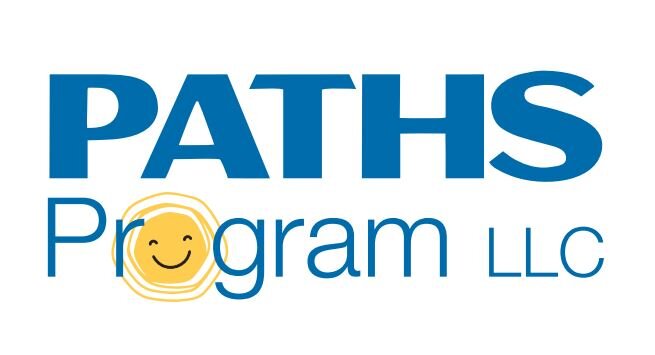Frequently Asked Questions
FAQs for the PATHS® Curriculum
-
Research shows that for best results, explicit social and emotional learning instruction should take place 2-3 times per week for at least 20 minutes per session. Teach other PATHS program strategies as suggested in the program materials. For example, conduct the PATHS Kid for Today every day. Self-regulation and problem-solving routines can be applied as needed.
-
The classroom implementation kits contain everything needed to implement the PATHS® curriculum. In addition, educators can find additional resources available online, including letters home to parents (in English and Spanish), evaluation tools, and supplemental classroom activities. These resources are available online.
-
The classroom implementation packages contain everything your teachers need to implement the PATHS® curriculum—including onboarding! Some consumable items, such as stickers, coloring books, and clings, can be reordered at a nominal cost in our online store. Damaged or lost materials, such as puppets or storybooks, can also be ordered individually.
-
Each classroom implementation package purchase includes access to online resources, including letters home to families/caregivers in English, French, and Spanish for each unit and for instructional routines such as Kid for Today.
-
Building common language helps establish a strong SEL culture which contributes to a positive school community. It also helps to maintain consistency among classrooms and as students move up grade levels.
-
The best way to build a common language is by defining and communicating your social and emotional learning vision to your building staff. In addition, be sure to use PATHS vocabulary among all school staff. It is not enough for an educator to say, “Do the Turtle” or “Use the Control Signals.” Everyone in the school—from the art teacher to the recess aide—needs to know the steps for Doing Turtle, Control Signals, and Problem Solving, as well as what it means when a student is the “Kid for Today.”
-
Using the PATHS Evaluation Kit found in the additional resources online, you can monitor the progress each student or group of students makes during the school year. It also allows you to assess each child’s progress in relation to other children in the class. Schools can also compare progress by grade level, class, gender, and other demographic criteria. In addition, standardized student evaluations help teachers and school administrators gauge the effectiveness of the PATHS curriculum. A standardized evaluation can also aid schools in reporting results to district-level personnel.
-
Yes! We offer an online, self-paced onboarding session to help you get ready to implement the program with success in your classroom. The best part is that it’s included in each classroom implementation package! Visit our online store for additional professional development information.
-
We offer a variety of ways to help you continue your social and emotional learning. Our monthly newsletter contains information about the PATHS® curriculum and social and emotional learning news. We also share ideas and resources on Facebook, Twitter, LinkedIn, and Pinterest. Also, you can keep an eye on our additional upcoming online professional development opportunities.
-
The PATHS curriculum is configured in grade-specific classroom implementation packages, each providing a unique set of developmentally appropriate lessons. When using the program in classrooms spanning multiple grade levels, we suggest that the students be divided into smaller groups based on age, grade, or intellectual development level when delivering PATHS lessons. This will help ensure that all students receive developmentally appropriate instruction. During the rest of the day, teachers and school staff can reinforce generalization strategies focused on common concepts that cross grade levels (such as conflict resolution strategies).
-
For students in grades 6-12, check out Emozi® Middle School and Emozi® High School!
